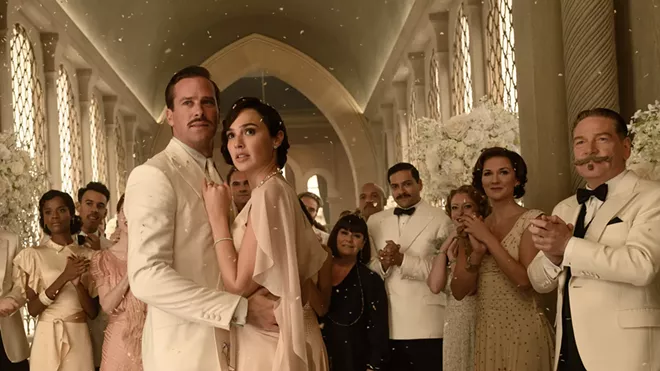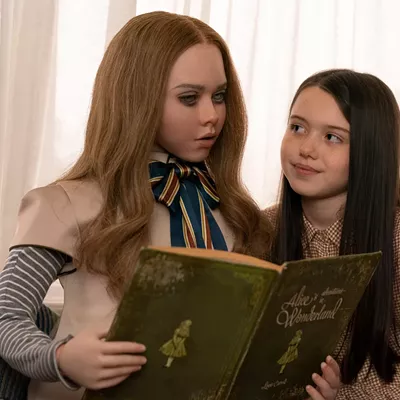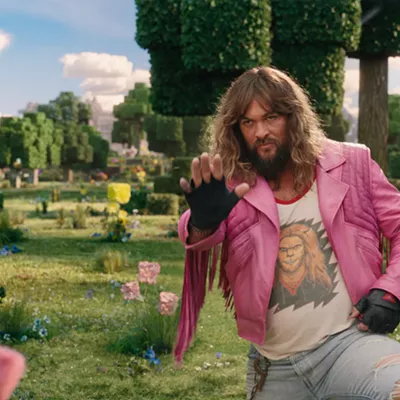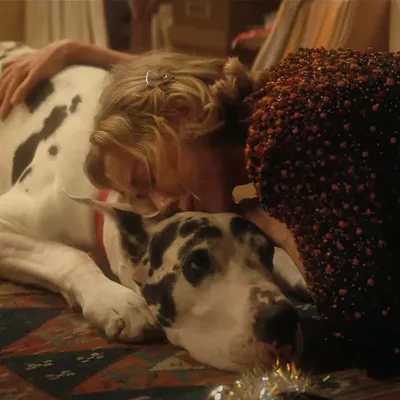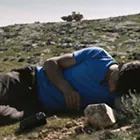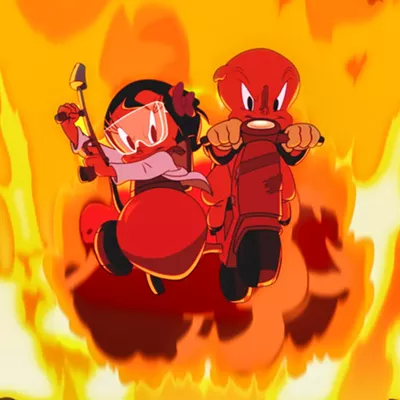There's no death on the Nile until more than halfway through Death on the Nile, Kenneth Branagh's follow-up to his 2017 Agatha Christie mystery adaptation Murder on the Orient Express. Branagh returns as director and as Christie's famous detective Hercule Poirot, whose fussiness is outshone only by his deductive prowess. Like Murder on the Orient Express, Death on the Nile puts a big-budget gloss on one of Christie's most beloved mystery novels, but all of the famous faces and lavish visuals don't add much.
Branagh and returning screenwriter Michael Green also expand on the story, giving those famous faces more screen time to develop their characters before falling victim to or being accused of murder. Rather than generating suspense or audience investment, though, the buildup to the inevitable murder is mostly tedious, especially as Branagh and Green attempt to give Poirot himself more emotional depth. The man is a crime-solving dynamo, but Branagh and Green decide that he needs more angst, and Death on the Nile opens with a black-and-white prologue set during World War I, when young Poirot is a soldier in the Belgian army.
That prologue provides Poirot with a romantic tragedy as well as an origin story for his trademark ornate mustache, both of which prove largely superfluous. Poirot's slight melancholy emerges periodically, but for the most part he's a dispassionate observer to the drama surrounding him. Branagh and Green give Poirot a more personal connection to the case by bringing back Tom Bateman from Murder on the Orient Express as Poirot's old friend Bouc, a character who isn't in Christie's original novel.
It's Bouc who introduces Poirot to the wedding party of heiress Linnet Ridgeway (Gal Gadot) and her handsome new husband, Simon Doyle (Armie Hammer), although Poirot had previously encountered the couple in London. Poirot happens to be vacationing in Egypt just as Linnet and Simon are celebrating their marriage, and they invite him to join them and their friends on a river cruise down the Nile. Naturally, the guest list includes a whole bunch of people with motives for murder, from romantic jealousy to financial impropriety.
The attention initially focuses on Simon's spurned ex-fiancée Jacqueline de Bellefort (Emma Mackey), whom Linnet and Simon employ Poirot to dissuade from following them. But when someone is finally found murdered on the boat, Jacqueline is only one of the many suspects Poirot must interrogate and analyze. As usual, the climax involves Poirot gathering all of the characters in a room and pontificating at great length as he explains how he arrived at the solution to the murder.
By that point, Death on the Nile has exhausted its minimal intrigue, and audiences may be eager for Poirot to just get to the point already. Branagh assembles an all-star cast (including Annette Bening, Letitia Wright, Sophie Okonedo and Rose Leslie) and then gives them very little to do. He casts renowned comedy duo Dawn French and Jennifer Saunders, then gives them the roles of two notably humorless traveling companions. Russell Brand, as Linnet's doctor ex, goes at least 45 minutes without speaking a single line.
Director John Guillermin took a similar star-studded approach to his 1978 adaptation (starring Peter Ustinov as Poirot), which is nearly 20 minutes longer but somehow feels shorter and more energetic. With its origin flashback and open-ended epilogue, this Death on the Nile is clearly part of an effort to set up an ongoing Poirot franchise. Christie wrote more than enough Poirot novels to keep the films coming, but Branagh's somber, maximalist approach is poorly suited to drawing-room mysteries, making future blockbuster-style Poirot adventures a questionable prospect. ♦

